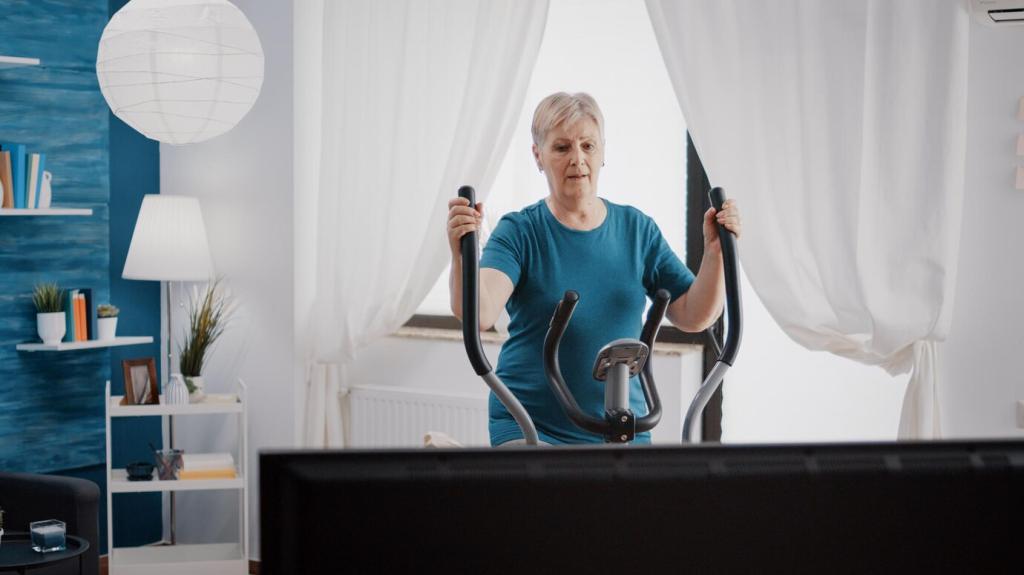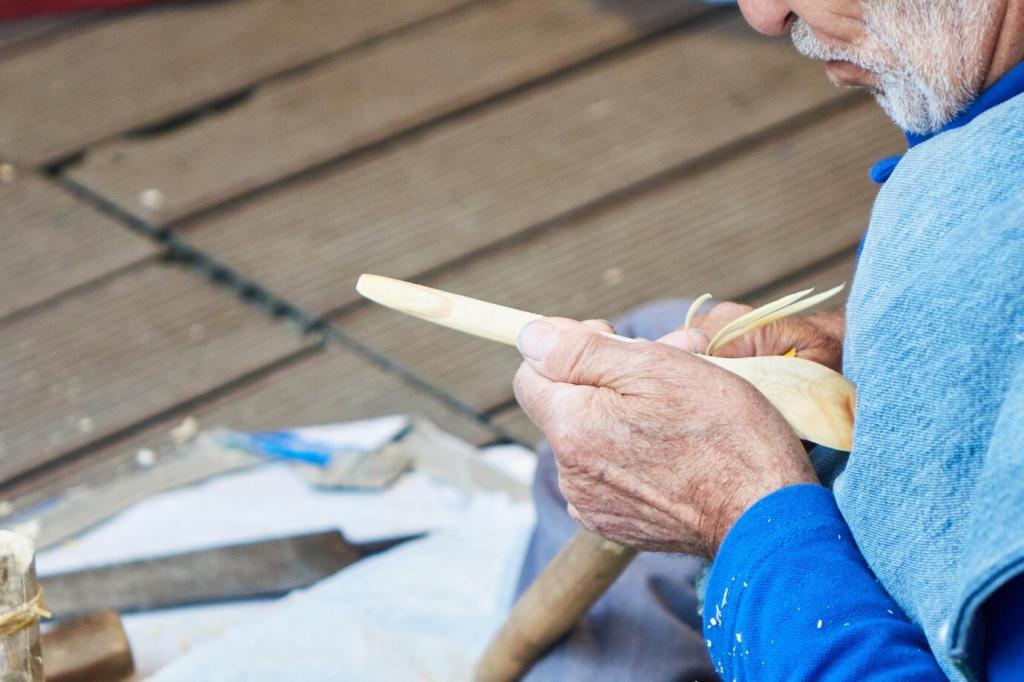Humidity Control for Wooden Furniture Longevity
Our theme today is Humidity Control for Wooden Furniture Longevity. Discover how thoughtful moisture management preserves heirlooms, prevents cracks and warping, and keeps finishes beautiful year after year. Join us, ask questions, and subscribe for practical, seasonal tips.

The Living Nature of Wood and Why Humidity Matters
Wood is hygroscopic, constantly balancing moisture with the air around it. When relative humidity shifts, moisture content changes, and boards expand or shrink across the grain. Monitoring this invisible dance prevents costly damage.

Choosing and Calibrating a Hygrometer
Pick a reliable digital hygrometer and calibrate it with a simple salt test to ensure accuracy. Place the device near, not on, furniture. Recheck quarterly, and share your readings with our community for feedback.
Smart Sensors and Simple Logs
Wireless sensors reveal trends you might miss day to day. Keep a small log of daily highs and lows. Patterns tell stories—like afternoon humidity spikes after showers—that one-off readings never capture.
Reading Patterns, Not Just Numbers
Look for repeated peaks and dips, not isolated blips. If Mondays always read drier after weekend heating, adjust earlier. Comment with your weekly patterns, and we’ll suggest tailored tweaks that protect cherished pieces.



Placement, Storage, and Everyday Habits for Longevity
Give furniture two to three inches of breathing room from walls and vents. Avoid direct sunlight and heating registers. Use felt pads to reduce cold-floor contact, and rotate pieces seasonally to balance environmental exposure.
Placement, Storage, and Everyday Habits for Longevity
When bringing home new or restored pieces, let them acclimate in the target room for a week. Sudden humidity changes can stress joints. Share your acclimation routines, and we’ll help refine timing for your climate.


Tools and Treatments: Humidifiers, Dehumidifiers, and Finishes
Size devices to the room, not the whole house. Evaporative units add moisture evenly; compressor dehumidifiers shine in warm, damp spaces. Avoid overcorrection by using built-in humidistats or smart plugs with alert thresholds.
Tools and Treatments: Humidifiers, Dehumidifiers, and Finishes
Replace filters, sanitize reservoirs, and use distilled water in ultrasonics to prevent mineral dust. Dirty equipment spreads odors and microbes that settle on finishes. Set reminders, and tell us your model; we’ll share maintenance cadences.





Subtle Signals: Sounds, Smells, and Feel
Creaks, musty odors, or unexpected surface tackiness suggest humidity imbalance. Sticking drawers often precede cracks. Share a quick video or description in the comments, and we’ll help interpret what your piece is telling you.
Joints, Veneers, and Hardware Checks
Loose tenons, lifting veneer edges, or suddenly misaligned hardware point to movement stress. Address with reversible techniques first, like gentle clamping and hide glue. Document changes in a photo log to catch progression early.
When to Call a Professional—and What to Ask
If cracks widen or veneer buckles, consult a restorer. Ask about humidity stabilization before repairs and finish compatibility after. Comment with your city, and we can suggest questions that align with your climate challenges.
